Always prime when the existing surface has stains, chalking, dark colors or irregular surface conditions. Even better, purchase a high quality paint that has primer mixed in. Don’t go cheap on the paint.
When prepping your surfaces, small holes, cracks or damage, can be fixed with a paintable caulk instead of drywall mud or plaster. Paintable caulk has the advantage of expanding/contracting with temperature changes. Primers work because it’s specially formulated with additional binders, additives and tougher pigments that cover problem areas. Some brands include Zinsser’s BIN, KILZ (by Masterchem Industries), and Zinsser’s Bulls Eye 1-2-3. BIN is my favorite for most conditions because it effectively covers stains, is low-odor and dries in 45 minutes. Primers have special qualities for special conditions, so read the labels or consult a painting professional for specific applications. For the best advice, visit a paint store that contractors use. If your going to try it yourself, use a paintable caulk for small wall repairs and a high grade paint and primer mix. You’ll save yourself a lot of work and your results will be much better.
1 Comment
For a better more permanent fix, try Counter Snap Kit. This screw fastening system secures loose hardwood floorboards and stops squeaks. You drive the slotted screw through a special bracket into the hardwood and subfloor. (For dense woods, you will need to drill a small pilot hole.) Once the screw tightens the loose board, you break off the screw just below the finished wood surface. You will be left with a very small hole which you can patch with wood putty or colored filler – or just ignore.
As for carpeted floor, you best choice is to re-nail the sub-floor, when replacing the carpet.
Using a small rag or paper towel, place few drops of oil atop the tight horizontal pin joint at the hinge. The oil will be drawn into the joints, and you can catch any excessive oil with the rag by wiping the hinge. Repeat on all hinges.
Open and close the door completely a few times to distribute the oil and take one last wipe at the hinge to ensure that no oil drips on the floor. You should lubricate the hinges about every two years. I like to use the oil in a small can because it’s not messy like a spray lubricant.
Take a look in your attic. In most climates, you’ll find insulation about 12 to 15 inches thick, which provides insulation of about R38. This varies, depending on the climate, but 12 to 15 inches is a good rule of thumb.
If you don’t have that level of insulation or you don’t know where to look, seek advice from a professional. The pro will know the standards for your area and can give you good advice. Make sure the pro talks about air sealing between the heated space and the attic as part of the insulation system. Air sealing is just as important as insulation. Happy Thanksgiving!
Set the thermostat Heat-Off-Cool switch to Heat. Check the fan switch – it should be set to Auto. Move the thermostat setting to a few degrees above room temperature. Normally the thermostat will display the room temperature, not the setting. Be sure the setting is above the room temperature, and give the furnace a few minutes to start.
If the furnace does not start, adjust the setting below the room temperature, wait a few minutes, then move the setpoint back above room temperature. This may reset the furnace’s controls so that it operates properly. Still no heat? Change the battery. Never mind what your thermostat says. Change your battery every year! And while your at it, change your batteries in smoke detectors and Carbone Monoxide sensors. If you call for service, the first thing the tech does is change the batteries. Isn't this kinda the same as IT telling you to turn your computer off and turn it back on, when your having a problem.
|
Author
Amelia's Home Inspection offers the highest quality Home Inspection services in Greater Milwaukee, Wisconsin at an affordable price. A home inspection provides an analysis of potential fire hazards, home safety and health risks to your family. Archives
January 2020
Categories |
Amelia's Home Inspection • info@AmeliasHomeInspection.com • www.AmeliasHomeInspection.com

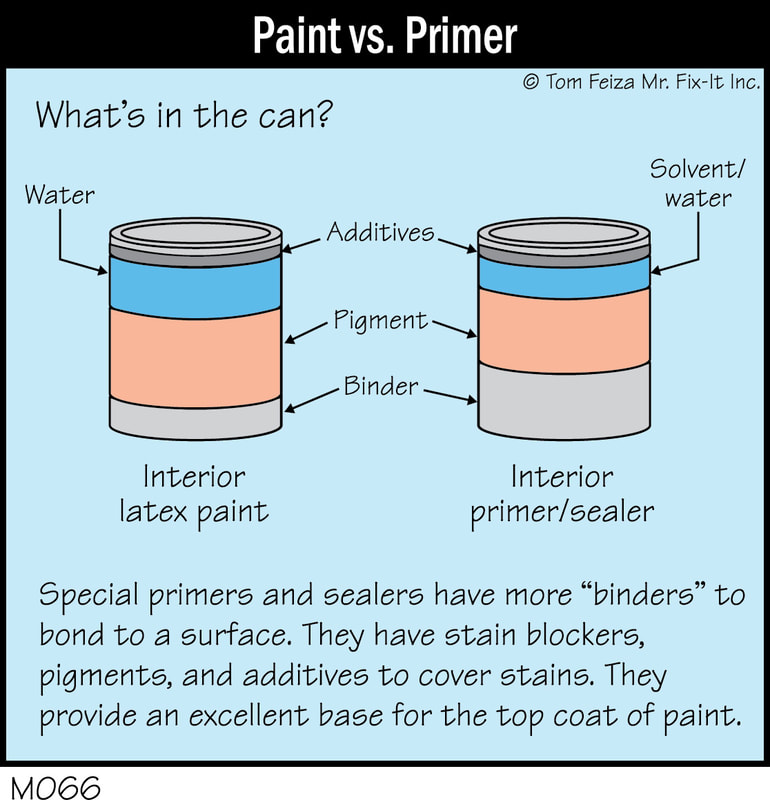
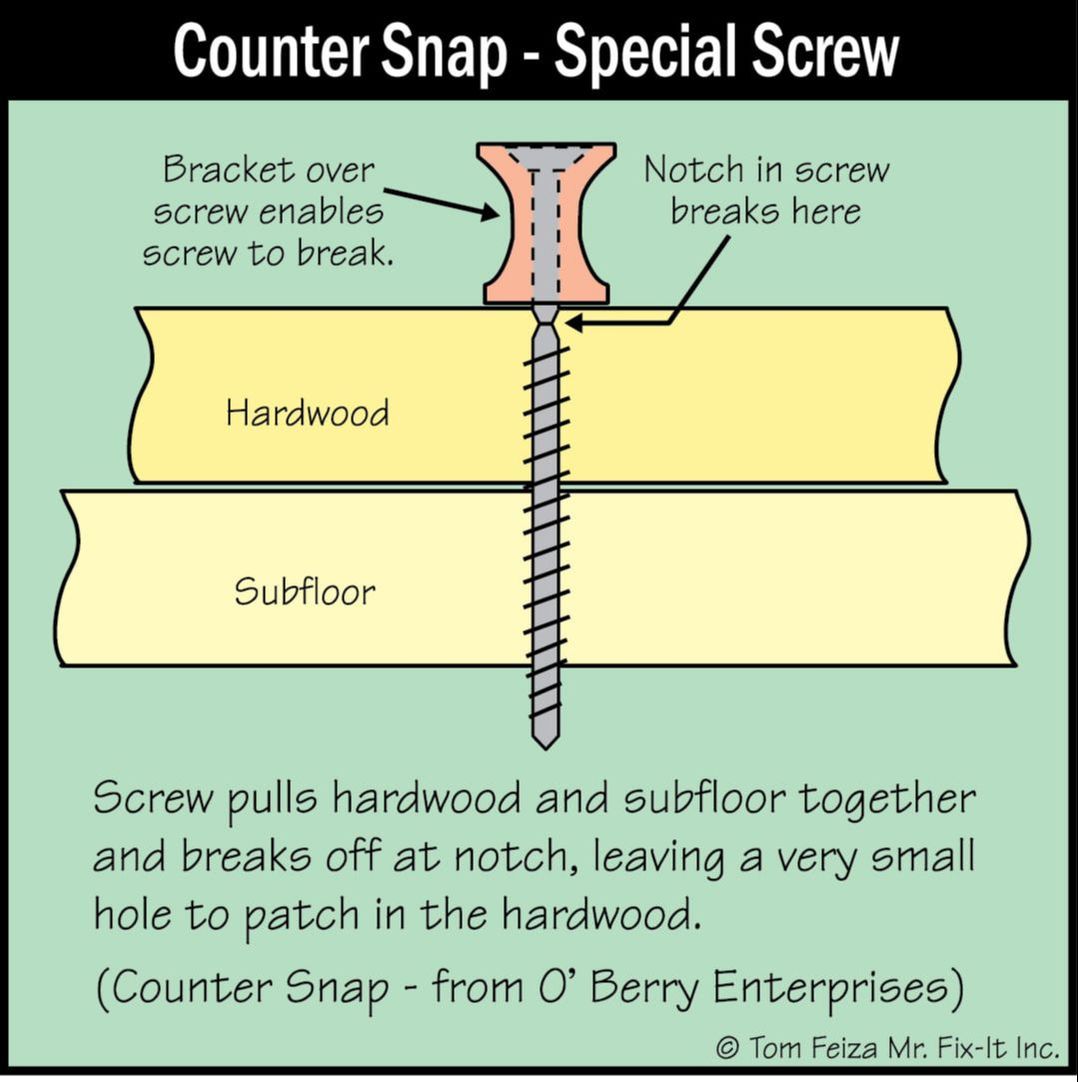
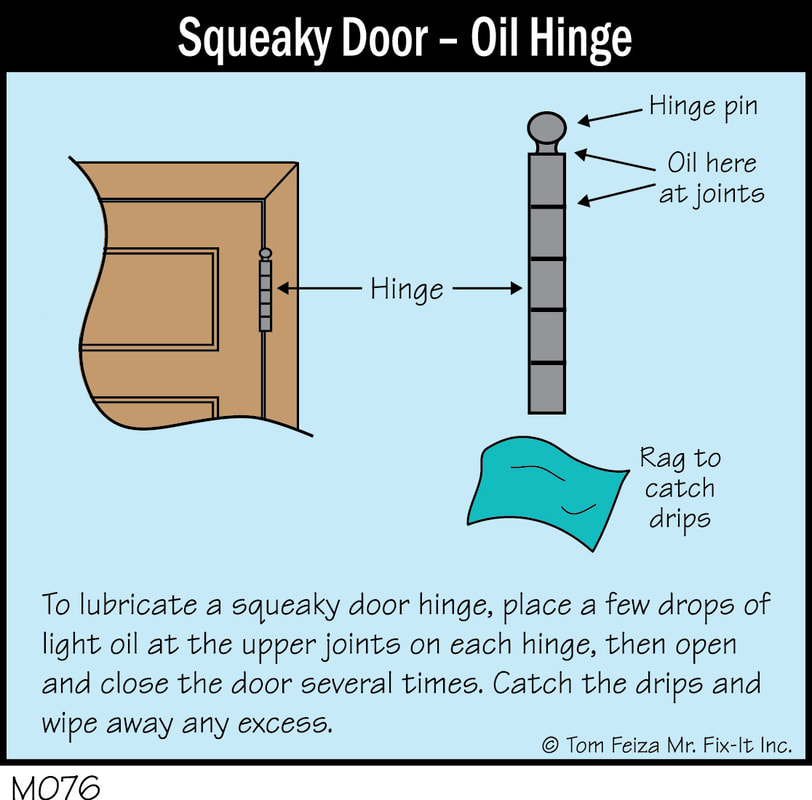
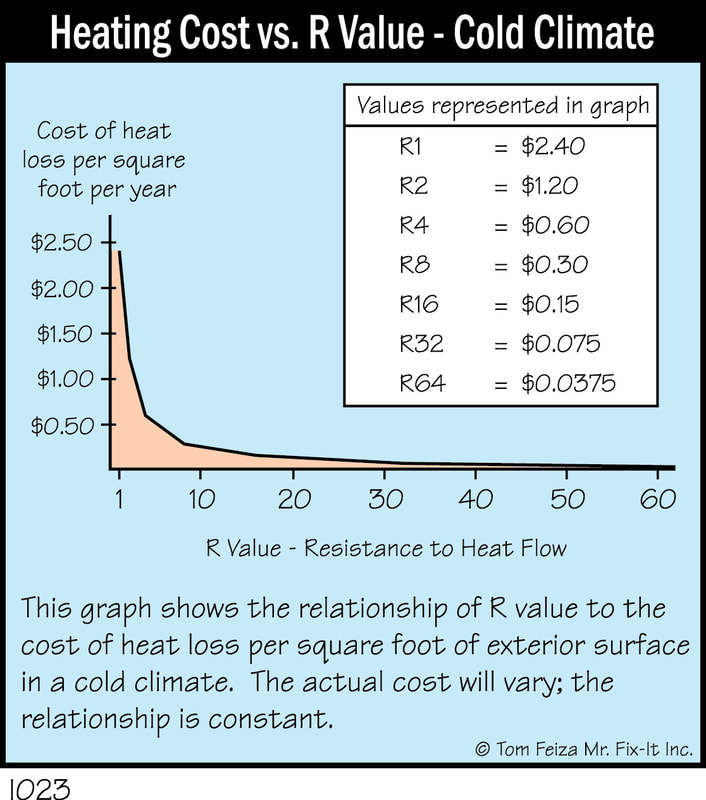
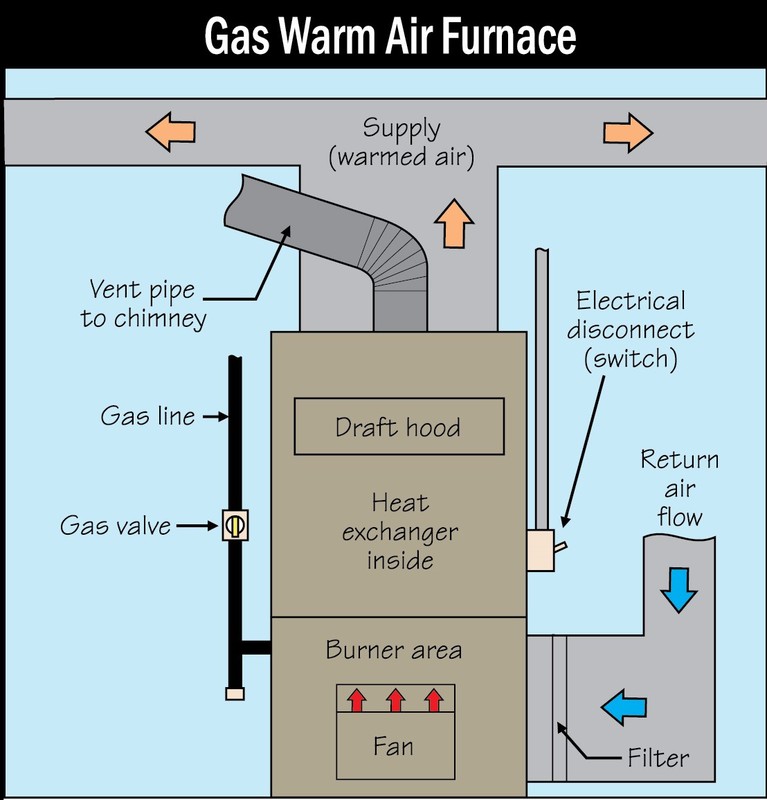
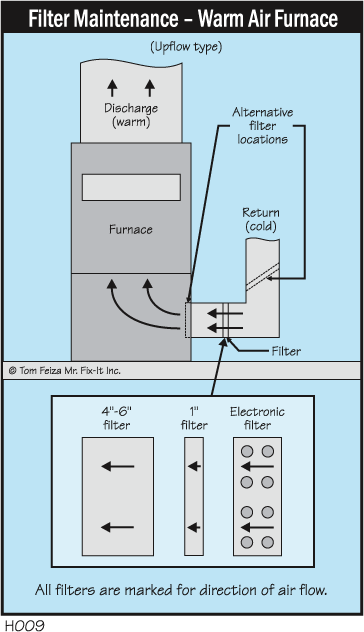
 RSS Feed
RSS Feed